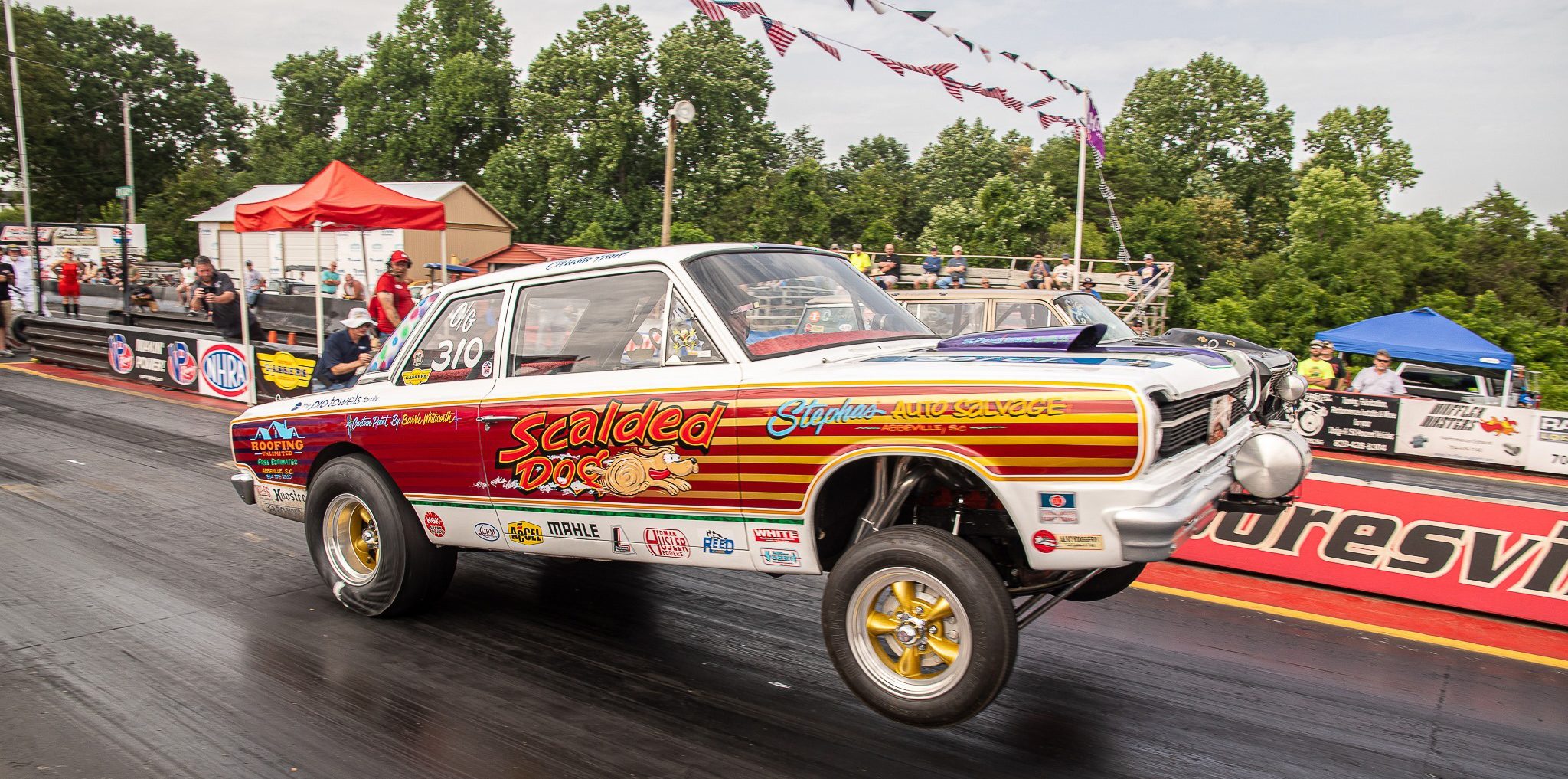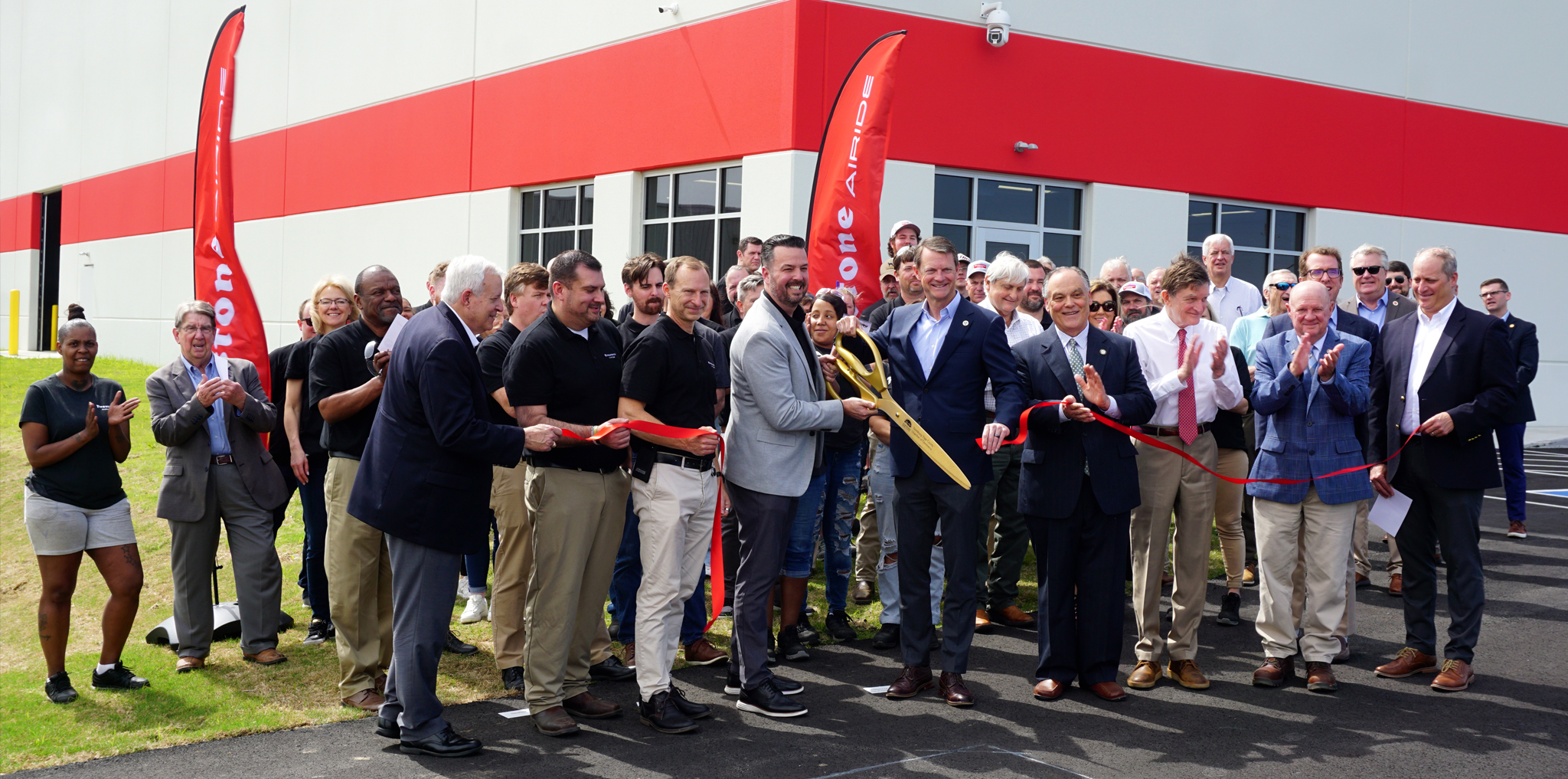
- Despite its small size, a piston ring (and the gap within it) is crucial to an engine’s overall function, especially in terms of oil distribution and crankcase pressure.
- MAHLE Motorsport North America was established in 2000 and has positioned itself as a leading supplier of forged pistons and rings in premiere motorsport series worldwide.
- MAHLE Motorsport modern piston ring sets are more durable, more efficient, and lower weight than its competition, yielding more reliable performance across various engine demands and operating temperatures.
Since the advent of the car, enthusiasts have been hunting for ways to improve performance. Today, the ever-swelling aftermarket industry is proof enough that this trend is more prevalent than ever. While off-the-shelf methods to unlock power (i.e. intake, exhaust, or software) will likely prevail as preferred upgrades, there have long been tactics that die-hard engine builders have utilized to extract every ounce of performance from their motors. Here, the quantifiable gains that commonplace upgrades afford become blurry, but for good reason: there isn’t a one-size-fits-all solution for power. As it is with most things, the devil is in the details.
While more commonplace mods offer visual and performance lifts simultaneously, the more nuanced upgrades are most often hidden under the skin. Case in point, a typical enthusiast will choose a set of coilovers over a spherical control arm bushing, even if both offer tangible benefits. But the enthusiast we’re talking about today isn’t concerned with the “this or that” equation — it’s the car that opts for both.
AN HONEST ASSESSMENT
When engine builders have exhausted (no pun intended) all the engine performance options available, the only option is to consider how the car is going to be used. An exacting vantage point at this stage will allow a builder to make meaningful adjustments to the engine to extract maximum performance. For example, fitting a set of forged pistons could offer tighter cylinder-to-wall clearances and improved temperature stability, or strength for more detonation resistance. But there’s one component that offers its own set of benefits that is often overlooked: piston rings.
WHAT YOU NEED TO KNOW
At the core, a piston ring is like an open-ended “bracelet” for your piston. As the engine approaches its normal operating temperature, the gap in the piston ring will lessen as a consequence of the material absorbing heat. Here, its main function is to seal the combustion chamber to minimize gas loss to the crankcase. Tangentially, a piston ring will also ensure adequate oil exists in two crucial areas: 1.) between the piston and the cylinder wall and 2.) recirculated oil from the cylinder wall into the sump.
Ring gap is the available space between both ends of the piston ring at ambient temperature. This space can be adjusted so that it approaches full “closure” once the engine reaches its optimum operating temperature. In general, the smallest gap provides the best seal for combustion and prevents excessive blow-by. The result of this is more performance and reduced emissions. It is critical to observe the fitted gap at the operating temperature because, as aforementioned, the ring material will expand as heat builds. A gap that is too narrow is arguably more detrimental; at operating temperature, the ends of the ring may collide which can lead to ring deformation, bore scoring, or more severe engine damage.
Aftermarket performance manufacturers, like MAHLE Motorsport, will offer piston ring sets with predetermined gaps based on the engine’s application and performance use.
IMPROVING THE STANDARD
MAHLE Motorsport pioneered the use of piston ring simulation and computer development tools to engineer rings that unlock horsepower by successfully minimizing friction — the bane to any forward propulsion. These tools, along with modern advancements in construction materials and coating technology, have led to another breakthrough: the “thin ring” piston ring set.
We spoke to Joseph Maylish at MAHLE Motorsport to gather expert insight on their latest technological innovation and three ways it leads to more performance, whether from increased efficiency or reduced friction:
Joseph Maylish, Marketing Manager at MAHLE Motorsport: Amongst older schools of thought, there are still strong beliefs that a 1/16”, 1/16”, and 3/16” ring pack is better than MAHLE’s 1.0, 1.0, and 2.0mm new “thin” rings. Few argue against the ability of thinner rings to free up horsepower in the right application, but the concerns are usually based on longevity and value: will these rings last, and are they worth it?
MORE DURABLE
Our modern ring pack is much more than just “thin”. The advancement of material and coating technology, particularly the widespread use of high-strength steel, creates a ring that is far more durable than any cast or ductile option. Granted, you can apply these advanced materials to any size ring, but that won’t overcome the cross-sectional area differences which allow the thinner rings to be lighter and more conformable.
This means you can design for less radial tension to achieve the same or better sealing of combustion gases. Furthermore, less tension throughout all four strokes of the engine results in less wear on the face of the rings and less wear on the cylinder walls. Steel is also a better conductor of heat and can withstand longer durations of high-temperature operation without concern for the rings “losing tension”.
LIGHTER + MORE EFFICIENT
The performance industry is driven by the continued evolution towards lighter, faster, and stronger components; piston rings are no exception. A 1.0mm compression ring can be up to 50% less mass compared to a 1/16” ring. That mass reduction has a 1:1 benefit: a 50% reduction in the inertia force exerted on that ring. In turn, sustained operation at higher RPM is smoother because of reduced ring flutter and with it, a more reliable seal between the ring and piston groove itself.
OPTIMIZED SEALING
What is often overlooked, is that the engine bore will never be perfectly cylindrical while in operation. The magnitude of this distortion may be difficult to perceive and is often measured in microns, but it is well within the range to allow cylinder pressure to escape the combustion space. When we add in distortion from mechanical loading and deformation, the conditions are only worsened. Older ring designs simply rely on brute force (tension) to overcome these challenges.
The modern, more conformable rings are a cost-effective way to increase sealing, reduce friction, and ultimately provide a durable increase in horsepower and torque that engine builders and racers alike will agree is a win-win combination.
We want to thank Joseph Maylish of MAHLE Motorsport for his time and sharing his knowledge about their piston ring offerings. If you’re interested in learning more about MAHLE or its engine products, visit the company’s website for more information.






















